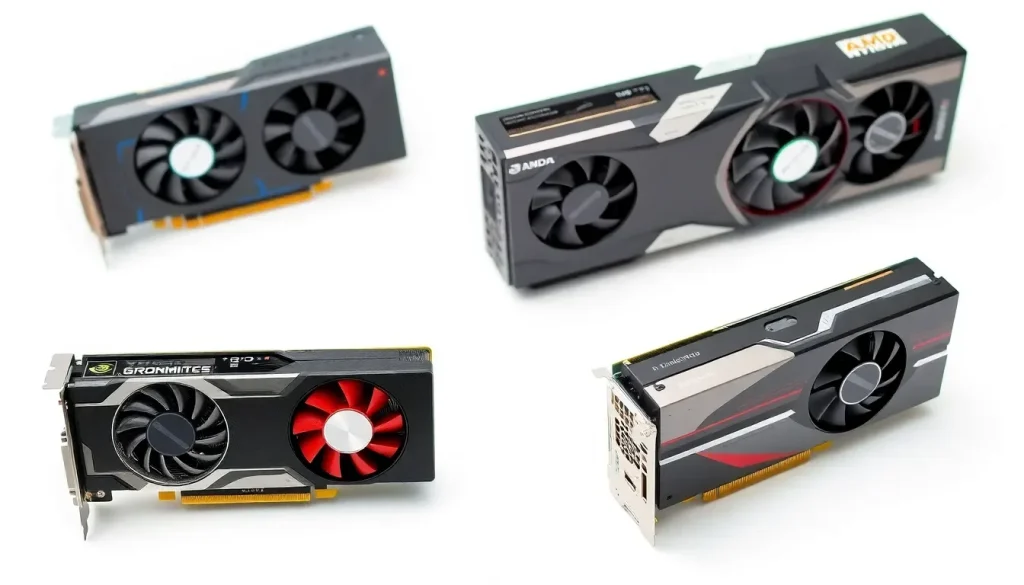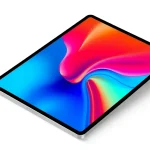Top NVIDIA and AMD Graphics Cards Collector from the Last 30 Years

In the world of technology, few things capture the imagination quite like the evolution of graphics cards. These powerful devices have transformed the gaming landscape, enabling stunning visuals and immersive experiences. Among the enthusiasts, one collector stands out, not just for his passion but for his remarkable achievement: owning every high-end graphics card from NVIDIA and AMD released over the past 30 years. This is not just a hobby; it's a testament to the evolution of computer graphics.
From the early days of video adapters to the sophisticated GPUs we have today, the journey of graphics technology is fascinating. With roots tracing back to the 1980s, the first versions of what we now call graphics cards were rudimentary and served primarily to connect monitors to computers. As technology advanced, so did the graphics cards, leading to innovations that have continuously reshaped the gaming industry.
The extraordinary collection of "Ornstein6990"
One such collector, known online as Ornstein6990, has spent years amassing an incredible collection of graphics cards. His collection spans three decades and includes virtually every significant release from both NVIDIA and AMD. Each piece in his collection tells a story, reflecting the technological advancements and the competitive spirit between these two giants in the graphics card arena.
Starting with the NVIDIA NV1 released in 1995, Ornstein6990 showcases a timeline of innovation. The NV1 was a multimedia PCI card that allowed for 2D and 3D graphics acceleration, along with compatibility for Sega Saturn games. It had a unique position in history as it was marketed under the name Diamond Edge 3D, making it less recognizable as an NVIDIA product. However, for Ornstein6990, this card is a cherished piece of history, marking the beginning of NVIDIA's journey.
Following the NV1, his collection includes the RIVA 128 from 1997, known as NVIDIA NV3, which set the stage for future advancements. The collection continues with the RIVA TNT and TNT2 ULTRA, all the way to the groundbreaking GeForce 256 in 1999, often referred to as the world's first true GPU. This card revolutionized graphics processing, paving the way for modern gaming.
A comprehensive timeline of NVIDIA's graphics cards
Ornstein6990's collection is a remarkable record of NVIDIA's evolution:
- NVIDIA NV1 (1995)
- RIVA 128 (1997)
- GeForce 256 (1999)
- GeForce 2 Ultra (2000)
- GeForce 4 Ti 4200 (2002)
- GeForce GTX 6800 (2004)
- GeForce 7950 GX2 (2006)
- GeForce GTX 8800 (2006)
- RTX 5090 (2025)
Each new generation brought significant improvements in performance and capabilities. The GTX 8800 and GTX 200 series further established NVIDIA's dominance, leading to the introduction of the GTX 400 series and the groundbreaking RTX 20 series, which introduced real-time ray tracing.
AMD's impressive lineup of graphics cards
Not to be overshadowed, AMD has also produced a remarkable array of graphics cards. Ornstein6990’s collection includes:
- ATI Radeon DDR (2000)
- Radeon 9800 PRO (2003)
- X850 XT (2004)
- HD 6990 (2011)
- R9 295 X2 (2014)
- RX 9070 XT (2025)
From the early Radeon cards that challenged NVIDIA’s dominance to the powerful R9 295 X2, which was one of the fastest dual-GPU graphics cards at its release, AMD has consistently pushed the boundaries of what is possible in graphics technology. The RX 9070 XT, the latest addition, showcases the cutting-edge performance that AMD has achieved in recent years.
The significance of collecting graphics cards
Collecting graphics cards is more than just gathering hardware; it represents a passion for technology and history. Each card symbolizes a milestone in computing and gaming. Collectors like Ornstein6990 preserve this history for future generations, allowing others to appreciate how far technology has come.
Additionally, the collection serves as a resource for enthusiasts and gamers alike, showcasing the evolution of performance and technology. Here are a few reasons why collections like this matter:
- Historical Preservation: Each card represents a unique point in technology history.
- Educational Resource: Collections such as these can serve as reference points for understanding technological advancements.
- Community Engagement: They inspire discussions and foster a community of like-minded individuals.
The future of graphics card technology
As we look towards the future, the landscape of graphics technology continues to evolve rapidly. Innovations such as AI-driven graphics and increased performance metrics are just around the corner. The competition between NVIDIA and AMD remains fierce, pushing both companies to innovate continuously.
Enthusiasts can expect to see even more remarkable advancements in the coming years, including:
- Real-time Ray Tracing: Enhancing graphics realism in gaming.
- AI Integration: Utilizing machine learning for better performance and efficiency.
- Increased Bandwidth: Faster data transfer rates for improved graphics rendering.
For a deeper dive into the current state of graphics cards and the future direction of the industry, check out this insightful video:
The journey of graphics cards is far from over, and collectors like Ornstein6990 play a crucial role in preserving this history while also inspiring future innovations in the field. As technology continues to develop, one thing is certain: the passion for graphics cards will only grow stronger.




Leave a Reply